The Nordica Speedmachine has always been on or near the podium for our women’s test team and this year marks another repeat medal performance as one of the top boots in the stacked, medium-width, all-mountain category. All new this year is the Speedmachine 3 115 W BOA DD, and our team says yes, it has some bodacious curves, but that’s not what the DD means. That’s Nordica-speak for a BOA system on both the shell and now, the upper cuff too—Dual Dial—and testers definitely dig it.
While there was some skepticism about the BOA, top and bottom, with testers’ initial concerns focused on ease of entry, our crew was wholly won-over by the Speedmachine’s perfect execution of the whole package, from getting it on to skiing it down and, reluctantly, taking it back off again.
The classic, soft and silky, yet firm Nordica liner feel remains intact on the DD, testers assured, and they went on to mention that the exterior cork cladding on the liner’s ankle and heel zones remains a favorite design element for liner feel and function. One tester commented that the cuff BOA was attached slightly farther back on the cuff than other dual models tested, and she liked how that teamed with the liner to create a smooth wrap on the leg and a perfectly matched and comfortable grip along the shin for all flexing movements.
The Speedmachine 3 DD’s cuff is described as perfectly tall, which was meant to say, not too short, plenty supportive and ready to crush some serious terrain at speed. Our test team are generally happy with the shorter (than men’s) women-specific cuffs in the test but they will let it be known when one fails to set a proper fore-aft stance or evenly distribute flex pressure along the shin—none of those problems were reported with the Speedmachine 3 115 W DD.
Where the BOA-encircled cuff helped power-up forward flexing moves and controlled skis of a variety of widths while on edge (and edge power marked its highest score at a near-perfect 9.80), testers said that the lower boot felt directly connected to the ski and offered a sensitive feel for the snow. The heel and ankle pockets were comfortably but reliably held in place, testers reported, while the forefoot and toebox were open enough for their feet to spread and find the ground without numbing compression or cold toes. They were impressed with the combination of comfort and control, and they liked the easily tuned tightness made available by the lower reel, which they could back off a click at a time or pop it out into a fully released mode for a chair ride if needed.
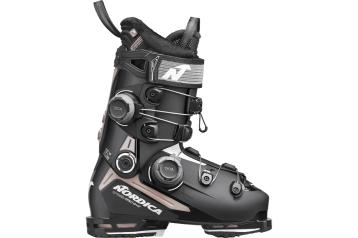
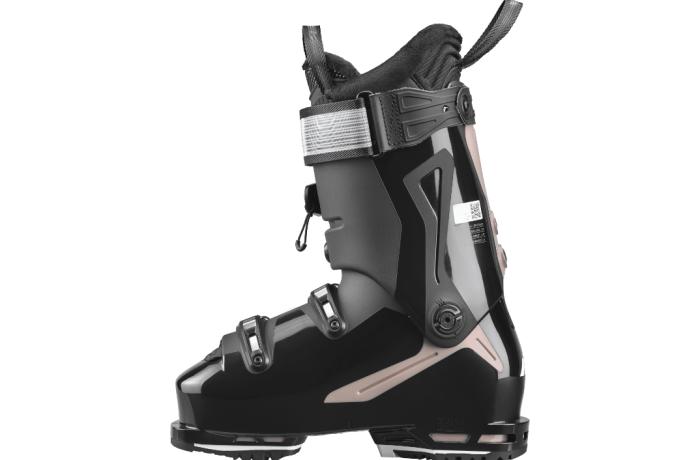
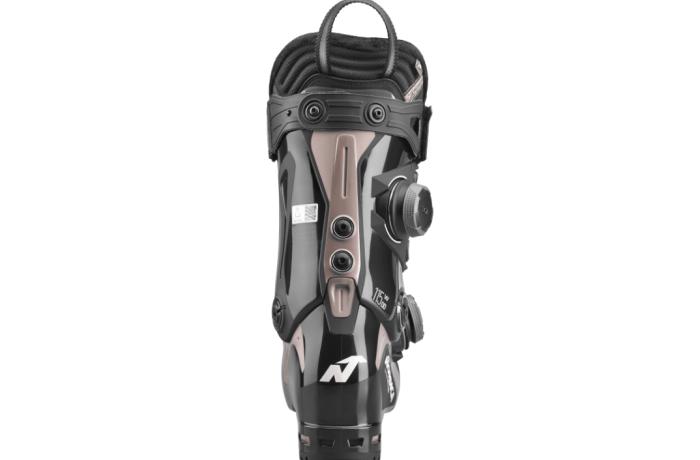









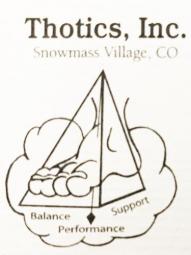




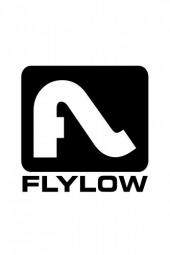



Kudos
Caveats